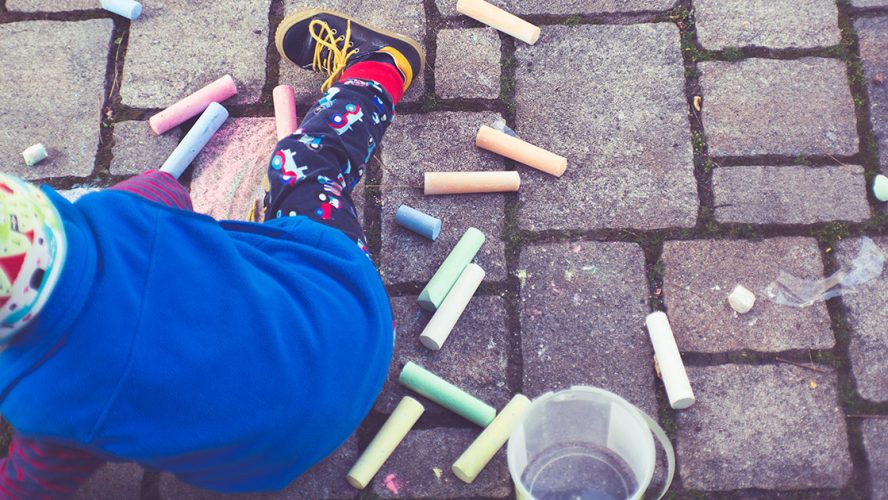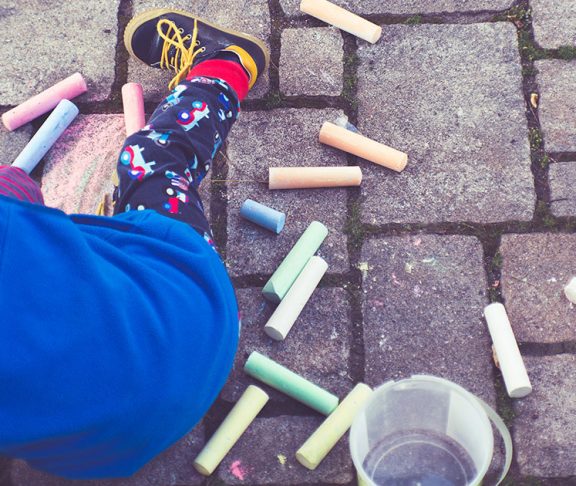Achieving any level of professional success requires creativity to some degree: the creativity to figure out new ways to do our jobs well, or the creativity to produce new ideas that advance our organizations. It’s ironic then that arts education—our primary means of fostering present and future generations of creative, innovative thinkers—has been cut from so many school curricula, and that careers in the arts aren’t encouraged with the same rigor as other professions.
Chasing fulfillment
I was fortunate. My mother, wanting me to follow my heart, never dissuaded me from pursuing the arts. She knew how much joy I got from playing the piano. What she didn’t know at the time was that by encouraging my passion, she was also helping to create a ripple effect of benefits integral to our everyday lives.
According to the Bureau of Economic Analysis, 3.2 percent of the nation’s 2011 GDP was attributable to arts and culture. That’s $504 billion—more money than even tourism and agriculture contributed to the economy. So pursuing a career in the arts is about more than just personal fulfillment. It’s about making a long-term investment in the nation’s economic health.
The benefits of creativity
Of course, the arts cannot just be measured in dollar value alone. There are few pursuits more commendable than enhancing the lives of others, and that is essentially what a career in the arts allows us to do. Whether creating work ourselves, or working in arts administration, we are helping to bring beauty and meaning to people’s lives, and adding vitality to our communities. As creative professionals, we are conduits for bringing the value of the arts to the American people.
Not every child with a creative bent has the same support I received. But by working with our state and regional partners, the National Endowment for the Arts is building artistically rich environments through arts education funding, and programs like Poetry Out Loud, a national poetry recitation contest that has reached two million students since its inception in 2006.
By increasing access to art education, we are not only equipping our children with creative reasoning, but we are helping to cultivate arts appreciation within a new generation. Whether this appreciation develops into a career or patronage, the result will be an enduring framework for the arts, and in turn, a stronger civic and economic framework to increase the quality of life for our nation.

